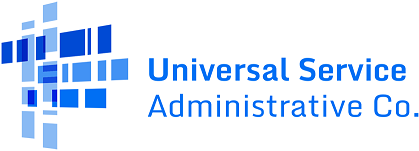Advertise Lifeline
All service providers are required to advertise the availability of Lifeline program support in a manner reasonably designed to reach eligible households within its study area.
The FCC’s rules list this requirement under Section 54.405(b).
FCC Advertising Guidelines
All service providers are required to advertise the availability of Lifeline program support in a manner reasonably designed to reach eligible households within its study area.
Service providers should utilize outreach materials and methods designed to reach eligible households that do not currently receive service.
For example, service providers may:
- Post notices at public transportation stops and agencies, shelters, and soup kitchens,
- Run public service announcements,
- Provide information booths at central locations,
- Provide customer service outreach to potential program participants who have disabilities on a basis equal to that provided participants without disabilities by using telecommunications relay services (TRS), text telephone (TTY), and speech-to-speech (STS) services, and
- Provide outreach materials in braille.
Service providers should develop advertising in languages other than English for any sizeable populations in their service areas who speak other languages. USAC recommends that Lifeline service provides proactively review their advertising material periodically to ensure the outreach is accurate, up-to-date, and includes necessary information.
States and service providers should coordinate their outreach efforts with government agencies that administer any of the relevant government assistance programs such as:
- Social service agencies,
- Tribal organizations,
- Community centers,
- Public schools,
- Nursing homes, and
- Organizations such as AARP and United Way.
